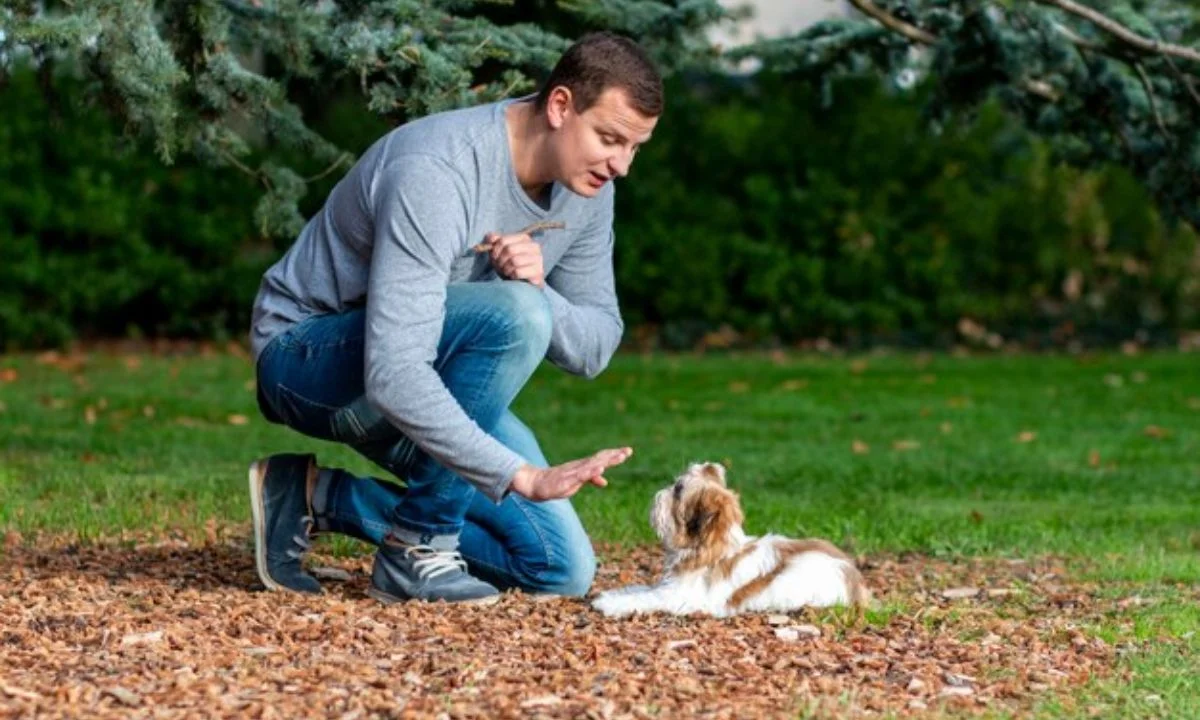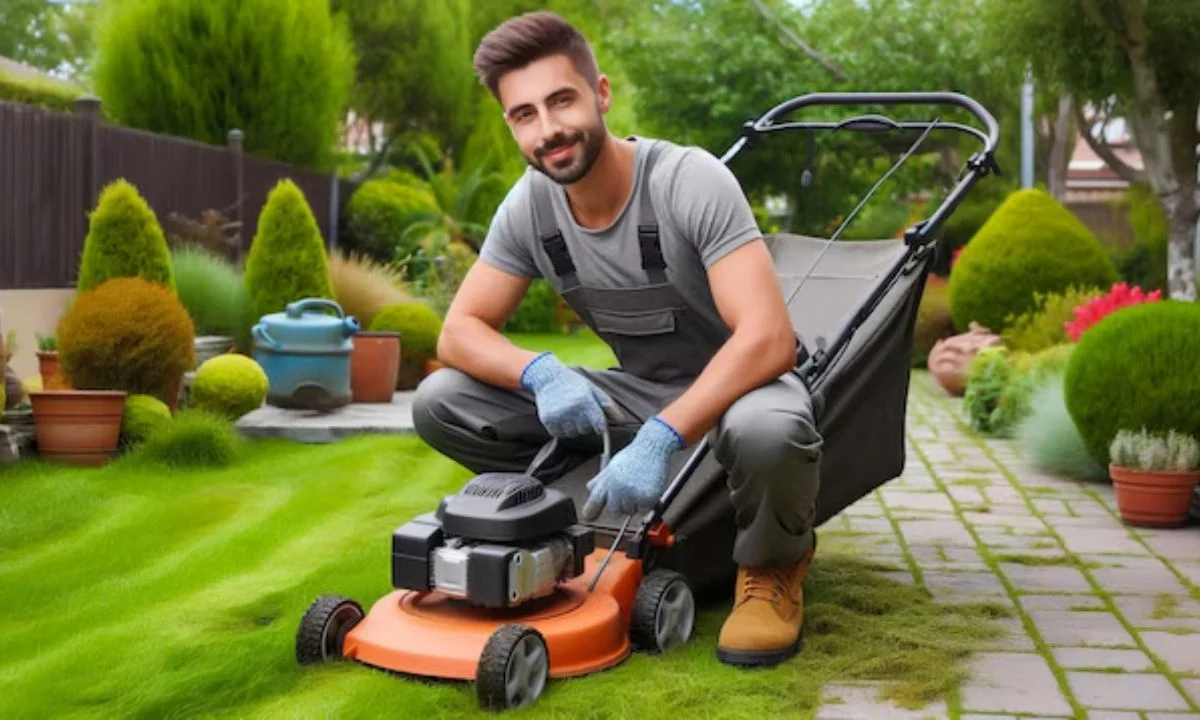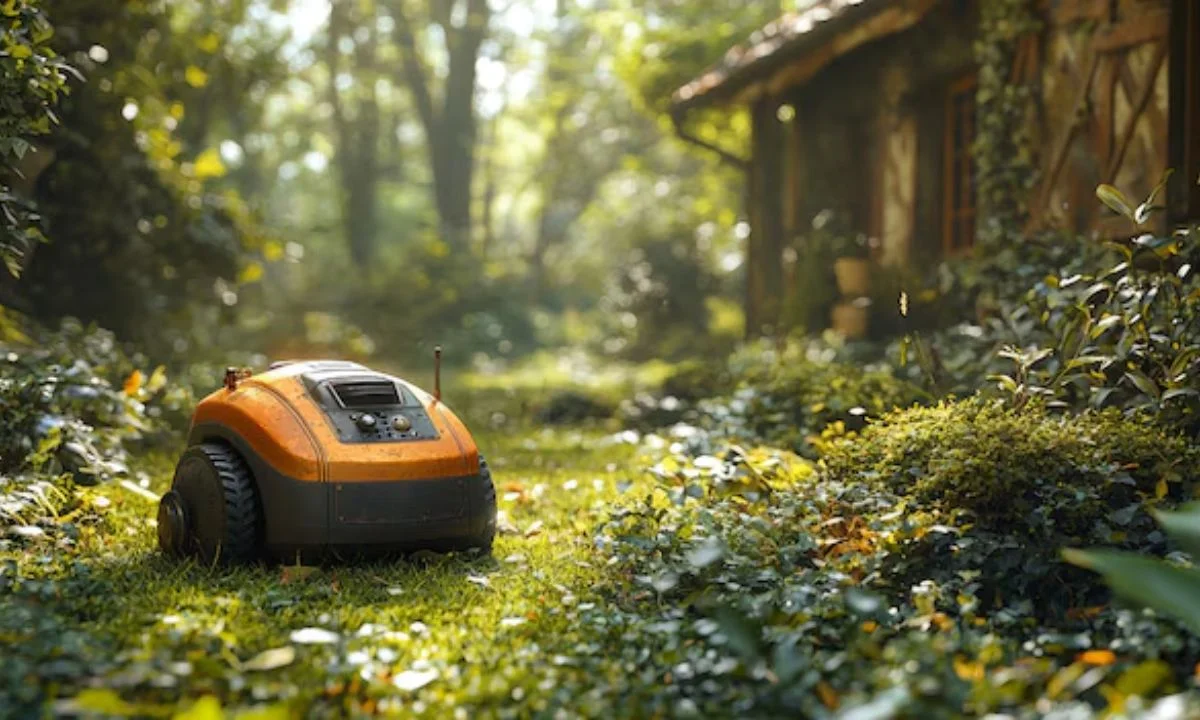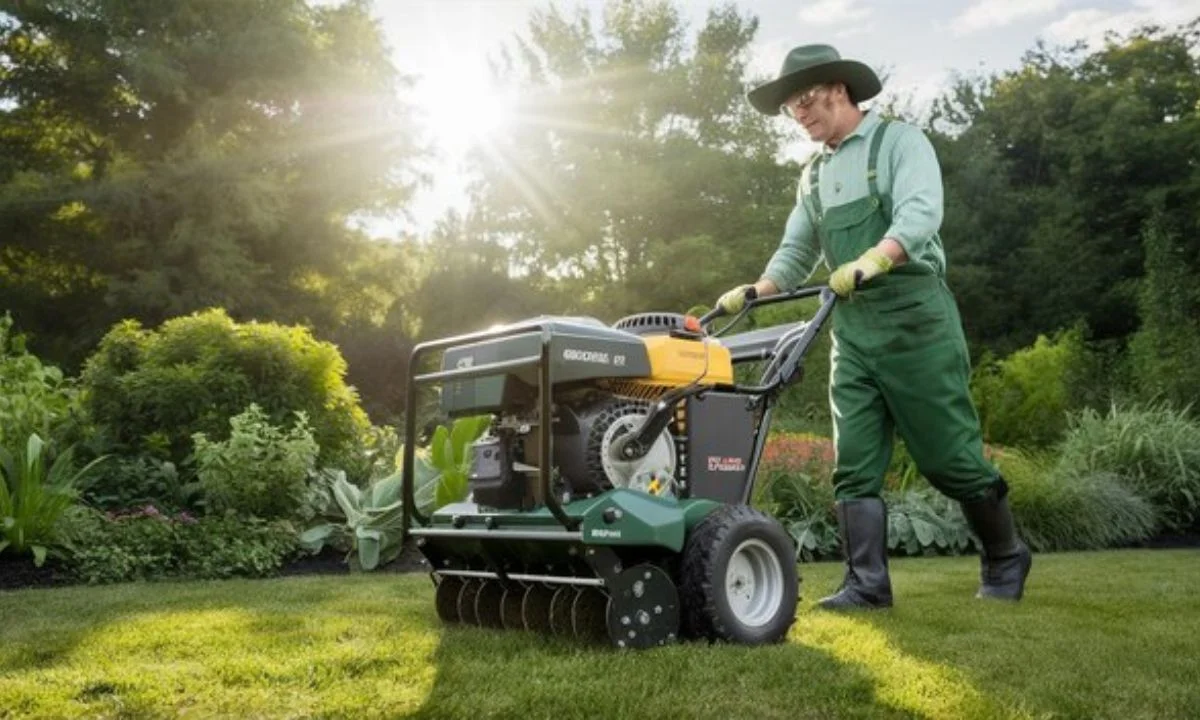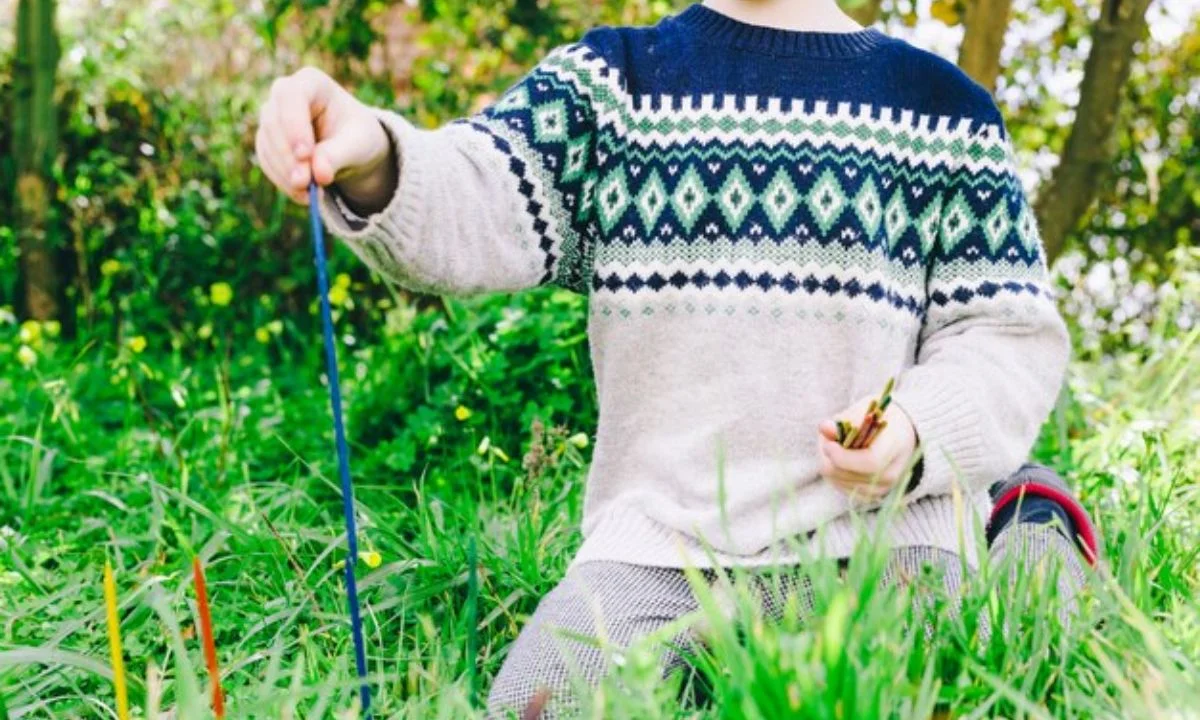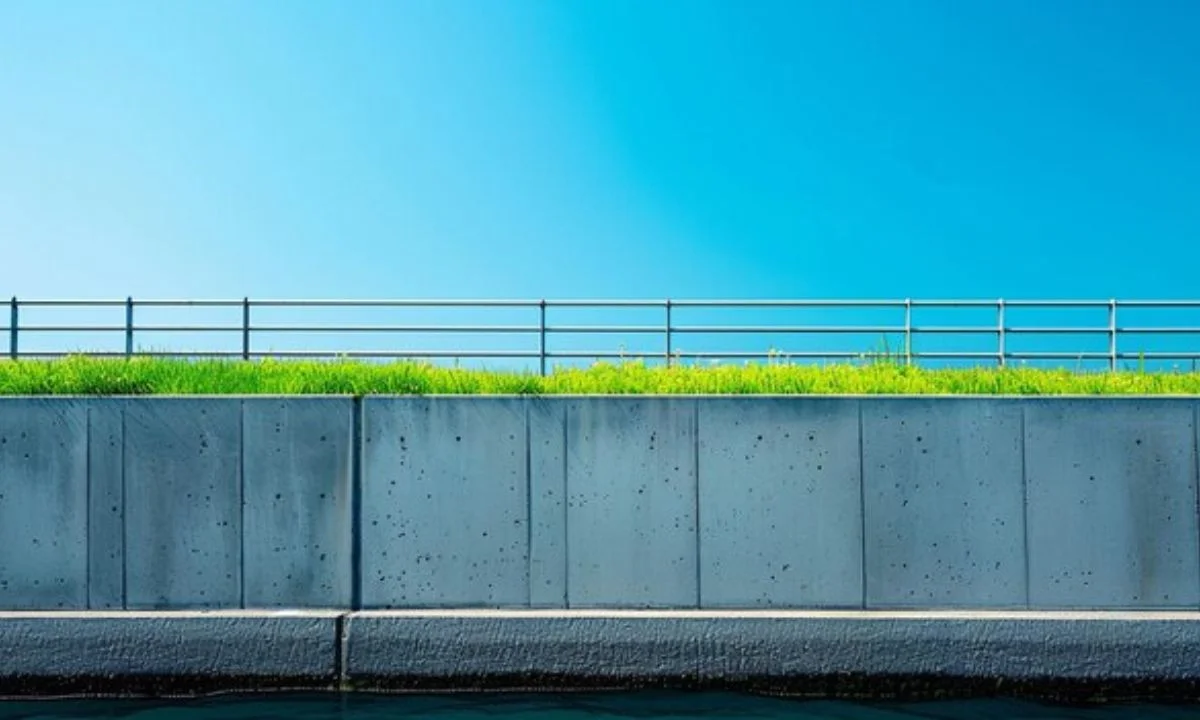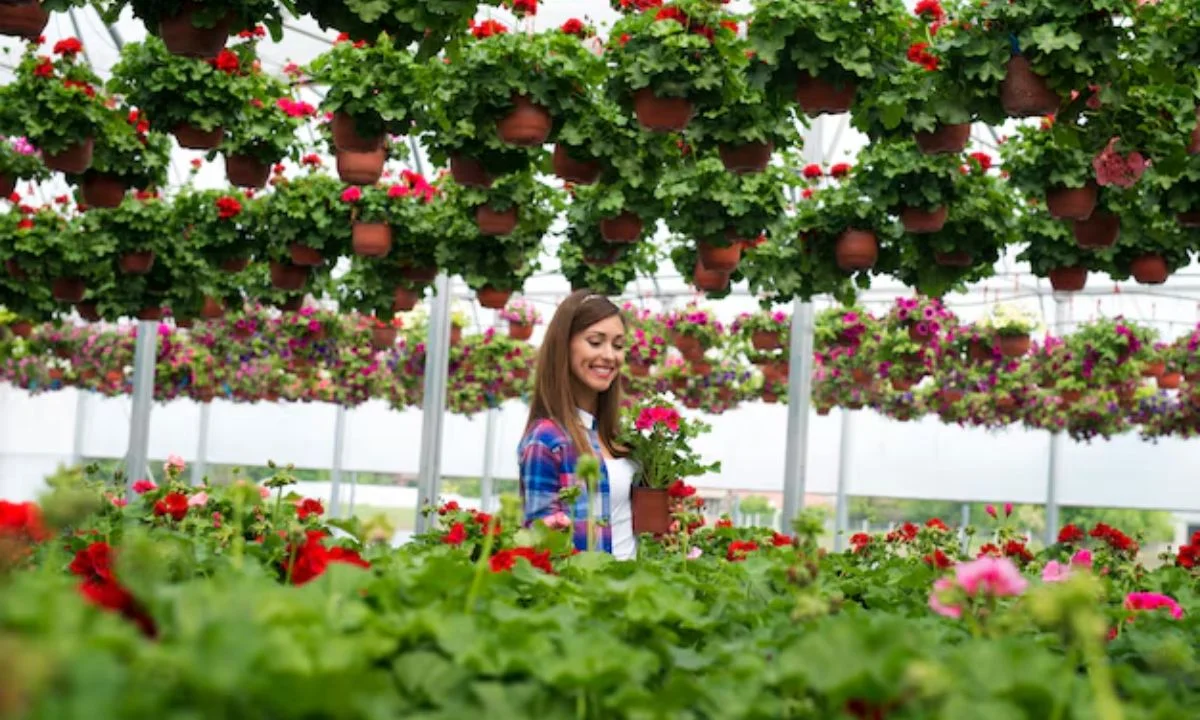If you’re wondering, “should I overseed in the summer if lawn has dead spots?”, you’re not alone. Many homeowners face this dilemma when their lawns begin to show signs of wear and tear, especially during the summer months. Dead patches of grass can be frustrating and unsightly, and overseeding is often considered a solution to fix these bare areas. However, summer overseeding requires careful consideration and planning to achieve the desired results. In this article, we will explore whether overseeding your lawn in the summer is the right approach, the steps involved, and the best practices to bring your lawn back to life.
What is Overseeding?
Overseeding is the process of spreading grass seed over an existing lawn without tearing up the turf or soil. This method helps to thicken thin patches, improve the overall appearance, and introduce new varieties of grass that may be more drought-tolerant or resistant to disease. Overseeding is commonly done during the cooler months of spring or fall when the conditions are ideal for seed germination. However, if your lawn has dead spots in the summer, you might be tempted to fix the problem immediately by overseeding.
Must read Lawn Mowing Cost Calculator: The Ultimate Guide
Why Do Lawns Develop Dead Spots?
Before answering the question “should I overseed in the summer if lawn has dead spots?”, it’s important to understand why lawns develop dead spots in the first place. Dead spots can occur due to several factors:
- Drought Stress: High summer temperatures can cause the soil to dry out, leading to stress on the grass. If the lawn is not watered adequately, it can result in dead patches.
- Foot Traffic: Heavy foot traffic or constant use of certain areas can compact the soil, suffocating the grass and leaving dead spots.
- Pests and Diseases: Certain lawn pests and diseases thrive in hot and humid conditions, causing patches of grass to die.
- Pet Urine: If pets frequently urinate on the lawn, their urine can cause burns in the grass, creating dead spots.
- Improper Lawn Care: Neglecting lawn maintenance, such as mowing too short or infrequent watering, can lead to unhealthy grass and bare spots.
Can You Overseed in the Summer?
The short answer is yes, but with some caveats. Overseeding in the summer can be more challenging than in cooler seasons because the high temperatures and dry conditions make it difficult for seeds to germinate and grow. However, if your lawn has dead spots, and you’re determined to fix them, overseeding can still be successful if done correctly.
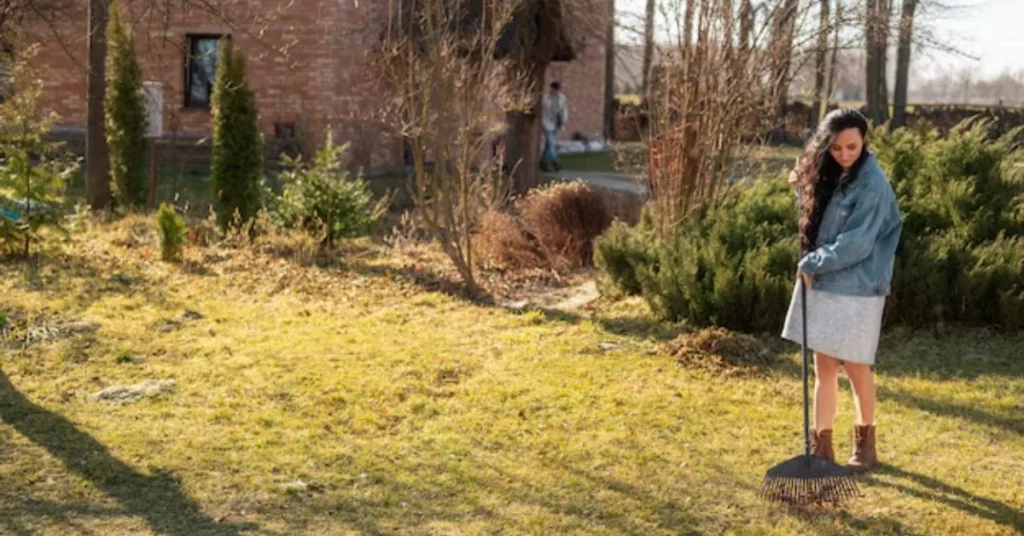
Best Time to Overseed Your Lawn
While spring and fall are typically the best times for overseeding, there are instances when you might need to overseed during the summer, especially if dead spots are an eyesore or if you want to prevent further damage. If you choose to overseed in the summer, timing is critical. The earlier in the summer, the better, as extreme heat can stress new seedlings.
Steps to Overseed in the Summer
If you’re set on overseeding during the summer, follow these steps to improve your chances of success:
Prepare the Lawn
- Mow the lawn: Cut your grass shorter than usual to allow the new seeds to reach the soil. Mowing too high can block the seeds from settling in the soil.
- Rake the dead spots: Rake away any dead grass, debris, or thatch to expose the bare soil where the new seed will be planted.
Choose the Right Grass Seed
Choose grass seed that is heat-tolerant and suitable for summer growth. Warm-season grasses like Bermuda or Zoysia may perform better in hot weather.
Seed the Lawn
Spread the grass seed evenly across the dead spots or the entire lawn, depending on how much coverage is needed. Use a seed spreader for even distribution.
Water Regularly
Watering is crucial during summer overseeding. New seeds need consistent moisture to germinate and establish roots. Water lightly but frequently, ensuring the soil stays moist without becoming waterlogged.
Fertilize and Protect
Apply a starter fertilizer that is low in nitrogen to help the seeds develop roots. If possible, consider using a light mulch or seed blanket to protect the seeds from drying out in the sun.
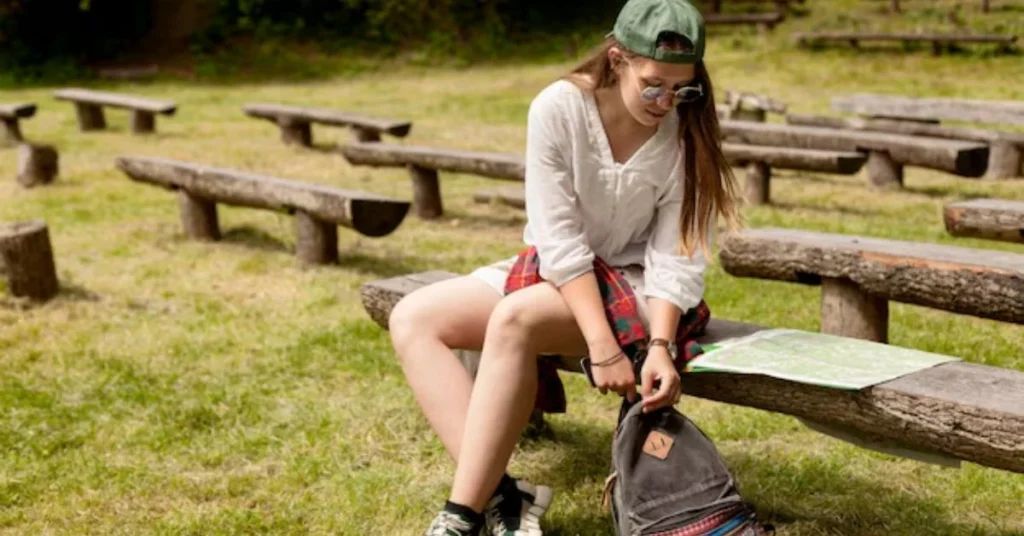
Pros and Cons of Overseeding in the Summer
Pros:
- Immediate Repair: Overseeding in the summer can immediately address dead spots and improve your lawn’s appearance.
- Thickens Grass: Overseeding helps fill in thin areas, making your lawn more resistant to weeds and pests.
Cons:
- Challenging Conditions: The hot, dry conditions of summer make it harder for seeds to grow and establish.
- Requires More Watering: Summer overseeding demands consistent watering, which can increase your water bill.
Should I Overseed in the Summer If Lawn Has Dead Spots? Factors to Consider
Several factors should be considered before overseeding your lawn in the summer:
- Weather Conditions: If the summer is exceptionally hot and dry, it may not be the best time to overseed. Cooler, more moderate temperatures will improve the chances of successful seed germination.
- Water Availability: Overseeding in the summer requires a lot of watering to keep the seeds moist. If you live in an area with water restrictions or if it’s difficult to maintain a watering schedule, overseeding may not be ideal.
- Type of Grass: Some grass types are better suited for summer overseeding than others. Warm-season grasses like Bermuda are more likely to thrive during the hot months, while cool-season grasses like Kentucky bluegrass may struggle in the heat.
- Extent of Damage: If the dead spots on your lawn are widespread, it may be better to wait until fall for overseeding. However, if the damage is limited to a few small areas, summer overseeding can still be a viable option.
Alternative Solutions to Overseeding in the Summer
If you’re hesitant about overseeding during the summer, consider these alternatives:
Sodding
For large dead spots, laying sod can be a quicker solution. Sodding provides an instant green lawn, although it may be more expensive than overseeding.
Topdressing
Topdressing involves adding a thin layer of soil or compost to the lawn, which can help improve soil quality and promote new grass growth. This can be combined with overseeding for better results.
Wait Until Fall
If the conditions are too challenging for summer overseeding, waiting until fall may be the best choice. Fall offers cooler temperatures and more frequent rain, creating ideal conditions for seed germination.
Common Mistakes When Overseeding in the Summer
Overseeding during the summer can be tricky, and many homeowners make mistakes that prevent them from achieving the desired results. Here are some common mistakes to avoid:
- Not Watering Enough: Summer heat dries out the soil quickly, so consistent watering is essential. Without enough moisture, the seeds will not germinate.
- Using the Wrong Seed: Choose a grass seed that is suitable for summer overseeding, preferably one that is drought-tolerant and can withstand high temperatures.
- Skipping Soil Preparation: Failing to properly prepare the soil can reduce the chances of successful seed germination. Always rake away debris and loosen the soil before overseeding.
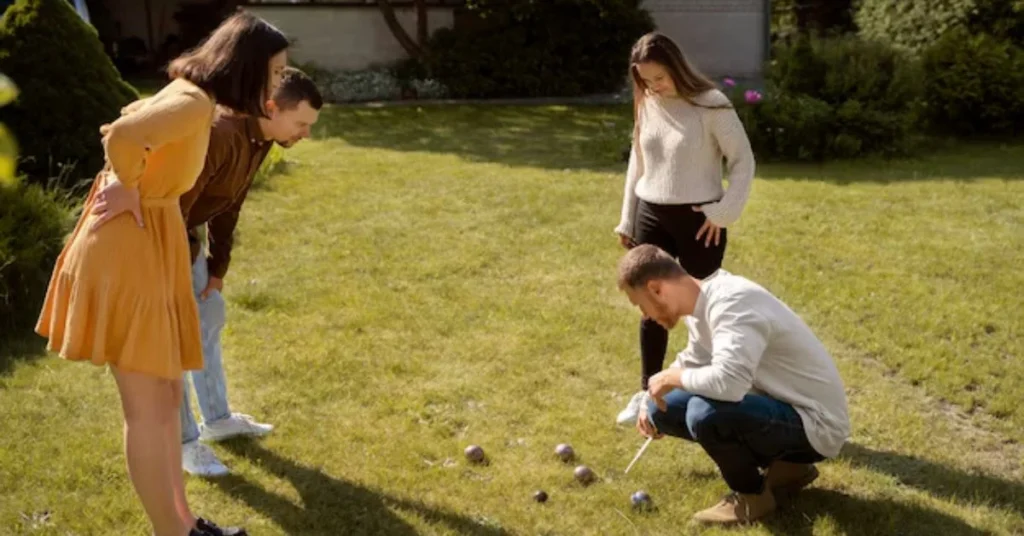
Conclusion: Should I Overseed in the Summer if Lawn Has Dead Spots?
The answer to “should I overseed in the summer if lawn has dead spots?” depends on several factors, including the weather, type of grass, and the extent of damage to your lawn. While summer overseeding can be challenging, it is possible to repair dead spots with the right approach. If you’re committed to keeping your lawn looking its best and are prepared for the extra care required, overseeding in the summer can yield great results. Click here for more information.
Should I overseed in the summer if lawn has dead spots?
Yes, you can overseed in the summer if your lawn has dead spots, but you must be prepared for more watering and care due to the heat.
What type of grass seed should I use for summer overseeding?
Use warm-season grasses like Bermuda or Zoysia, which are more heat-tolerant and can thrive in summer conditions.
How often should I water my lawn after overseeding in the summer?
Water the lawn lightly but frequently, ensuring that the soil stays moist until the seeds have germinated and established.
Can I overseed a lawn with cool-season grass in the summer?
Cool-season grasses may struggle in the summer heat. It’s generally better to wait until fall if you want to overseed with cool-season grass.
How long does it take for grass to grow after summer overseeding?
It typically takes about 7-21 days for grass seeds to germinate, depending on the type of grass and environmental conditions.

